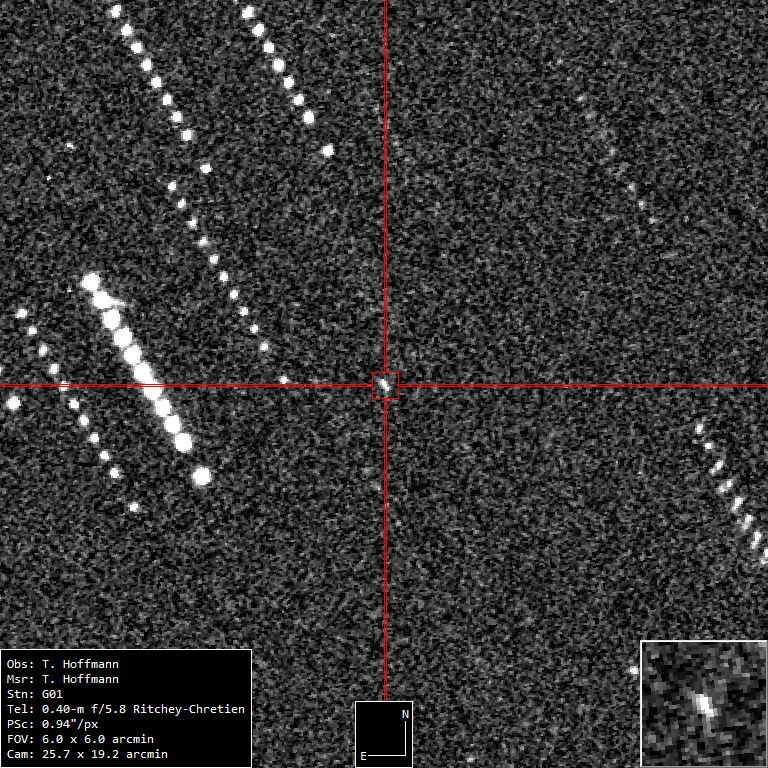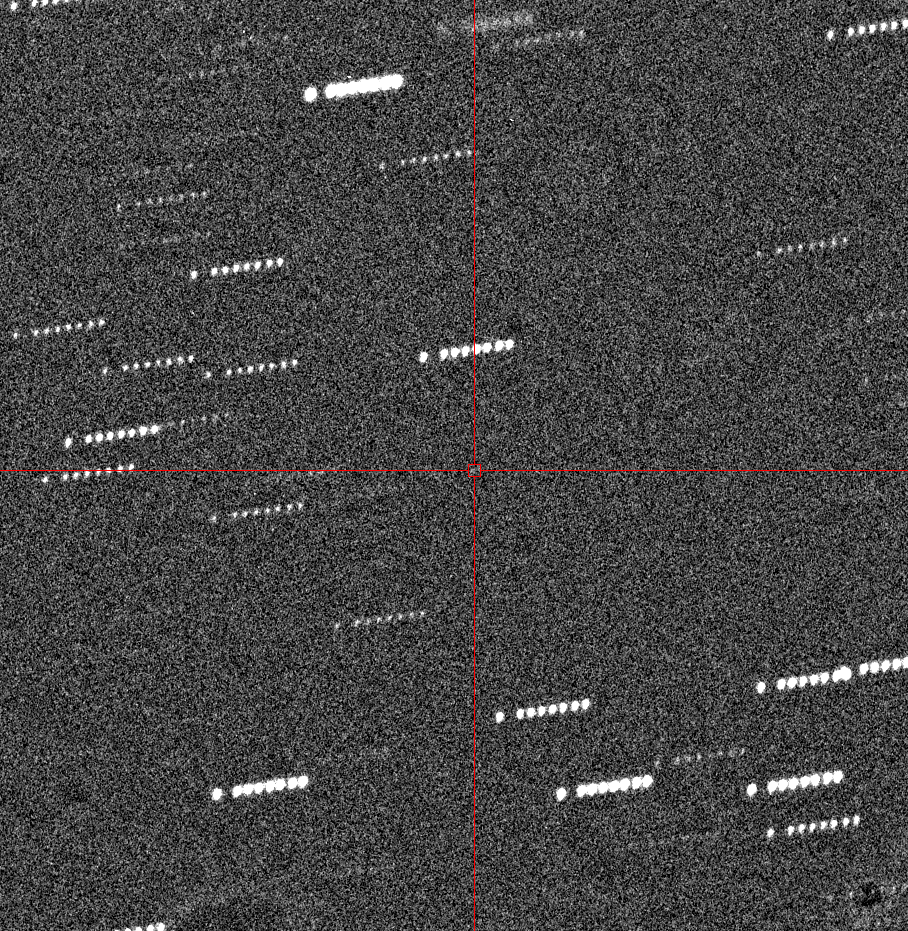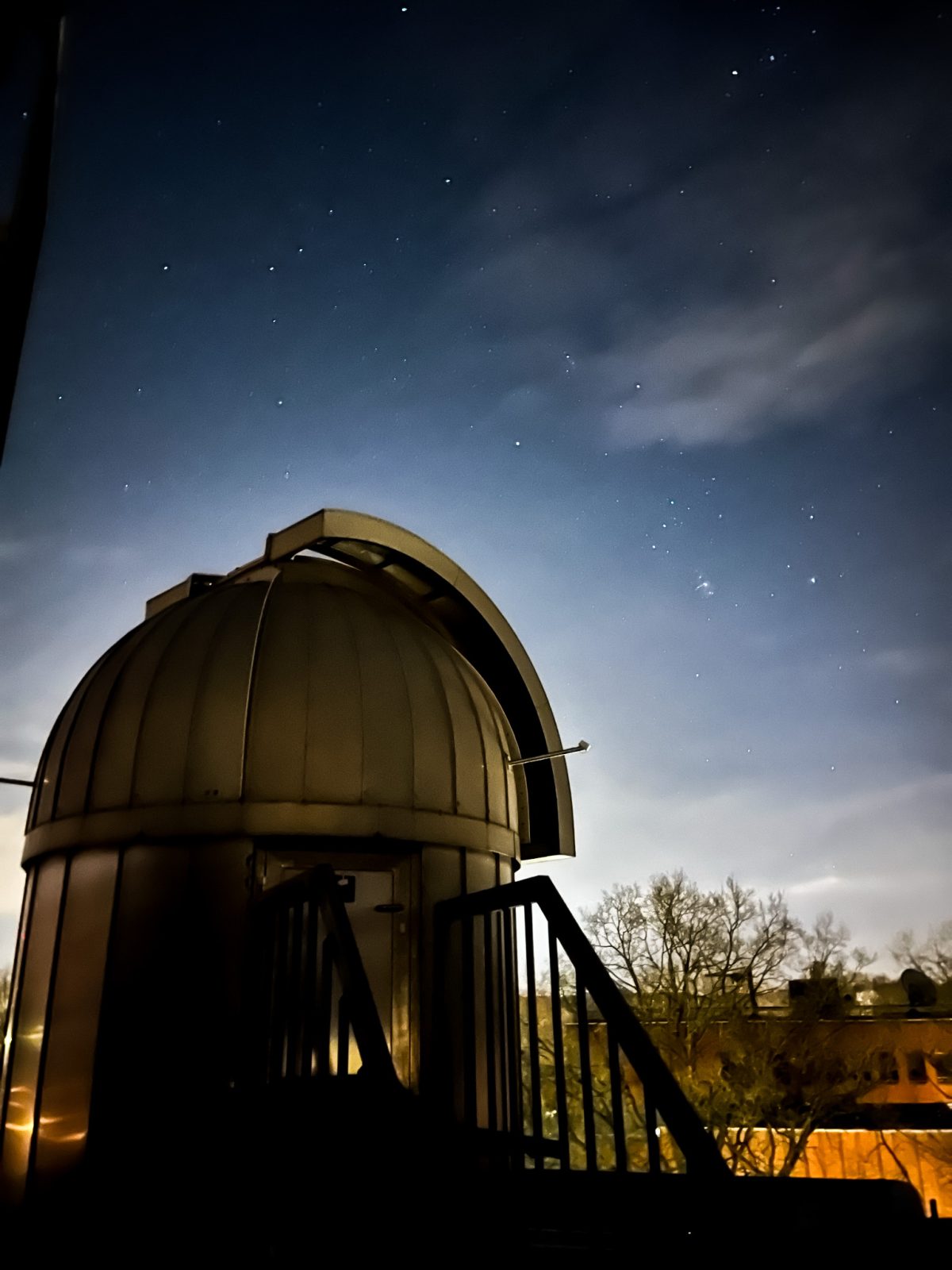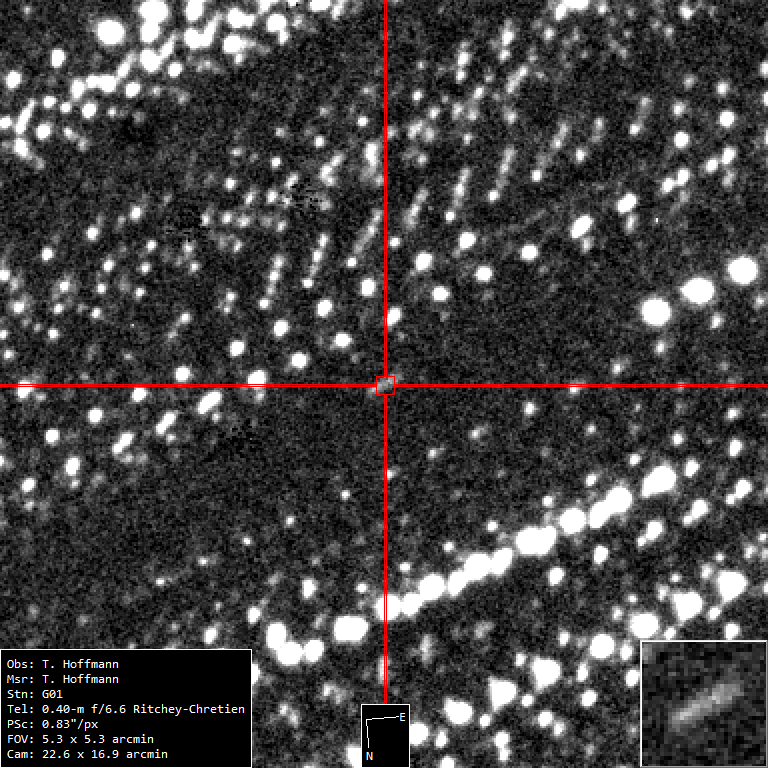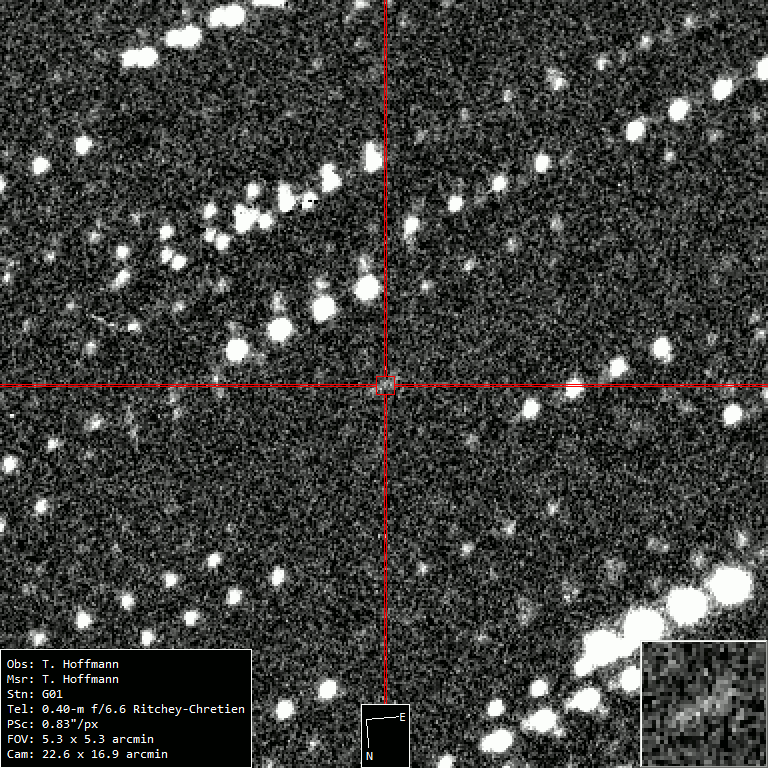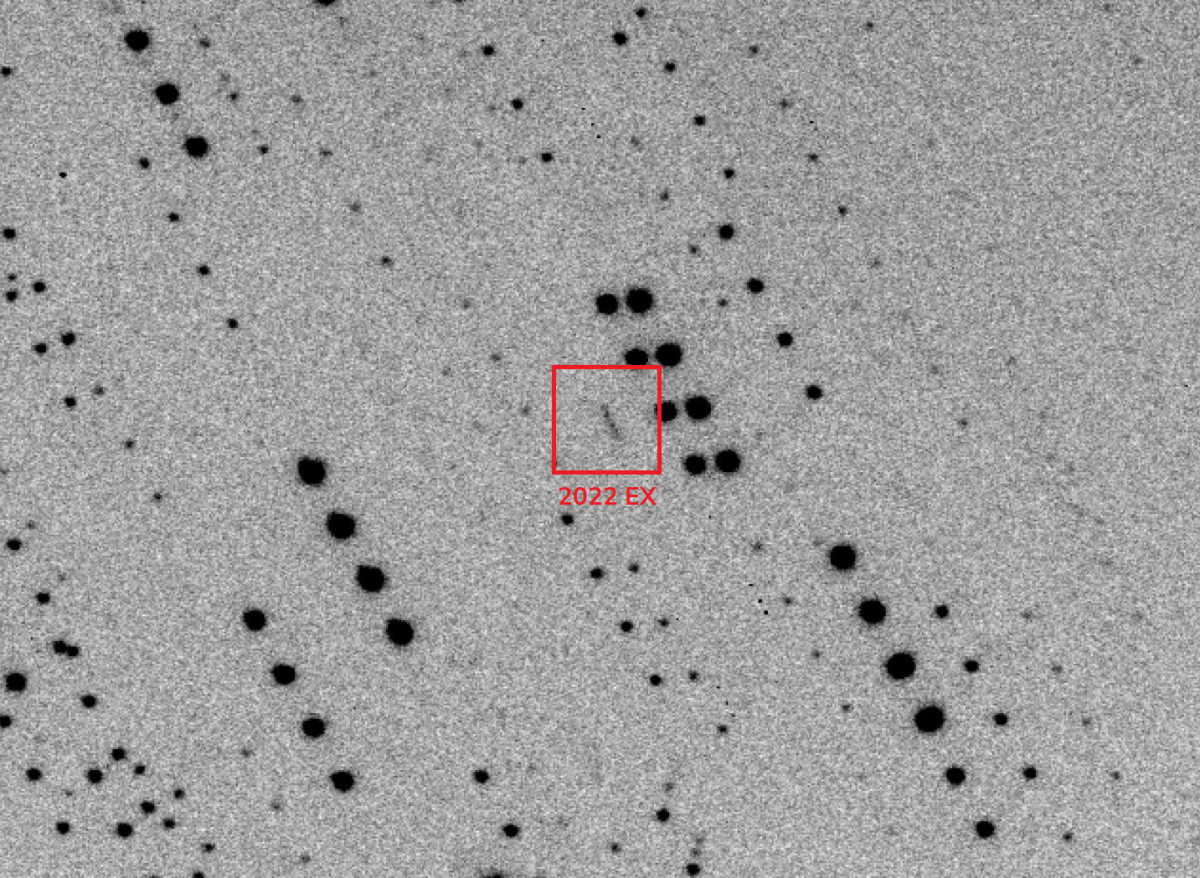In the night of the of the 13th September 2023 at 03:41 UTC, the 0.50 m ATLAS telescope in Chile found a fainter object (18-19 mag) moving in the sky. The observatory submitted its measurements, as it is the typical procedure, to the MinorPlanetCenter (MPC) of the IAU. Other observatories throughout the world tried to find this object too. After first confirmatory observations it became clear that the observed object is an asteroid with around 140 m diameter (H=22) and a minimal orbital intersection distance (MOID) with Earth of around 0.05 AU (~19 lunar distances), but with no chance of hitting Earth. Nevertheless, this object is classified as a „Potentially Hazardous Asteroid“ (PHA).
In order to refine the orbit and characterize the object more accurately, more observers did measurements of the position and brightness of the object and also submitted them to the MPC. The university observatory of Oldenburg with the 0.40 m GHOST telescope observed the PHA on the 15th of September from 00:25 UTC until 2:24 UTC with accurate measurements (cf. image below). With these last measurements, the asteroid was ready to be published as the orbital uncertainties were reduced appropriately, so that regular measurements in the next years can verify the predicted orbit without the chance of loosing the asteroid.
https://www.minorplanetcenter.net/mpec/K23/K23RL8.html

